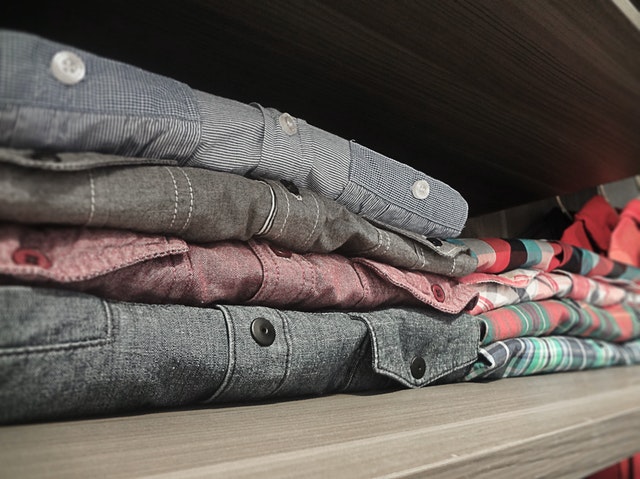The Diversification of Secondhand Clothing Marketing
Are you concerned about the environment and want to reduce clothing’s carbon footprint and go greener with your purchases? Well, you are not alone! A recent report said that 40% of shoppers shop for used clothing. This percentage is expected to increase in the future as younger people join the workforce and begin to buy their own clothes. Secondhand clothing, even secondhand designer clothing, typically costs less than new clothing.
In addition, purchasing used clothing means important resources are not used to create new clothing while old clothing clogs our landfills. Regrettably, over 10 million tons go into the landfill in the USA alone every year! Thankfully, the secondhand clothing market is cost-effective and environmentally friendly.
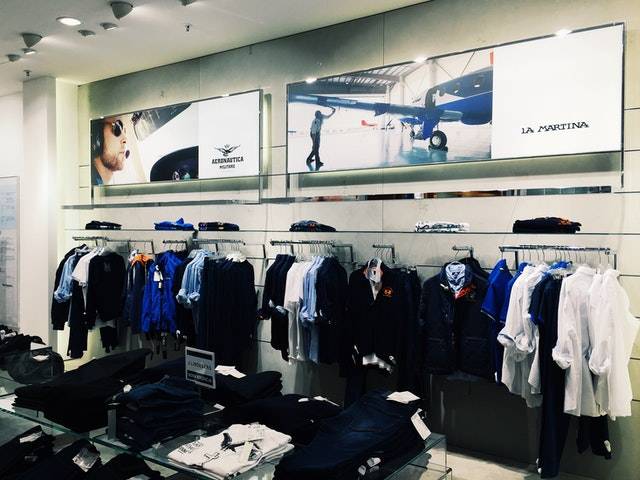
Is the second-hand clothing market really attractive
The used clothing market is varied and interesting. Let’s explore this exciting method of saving money and the environment.
click here to know more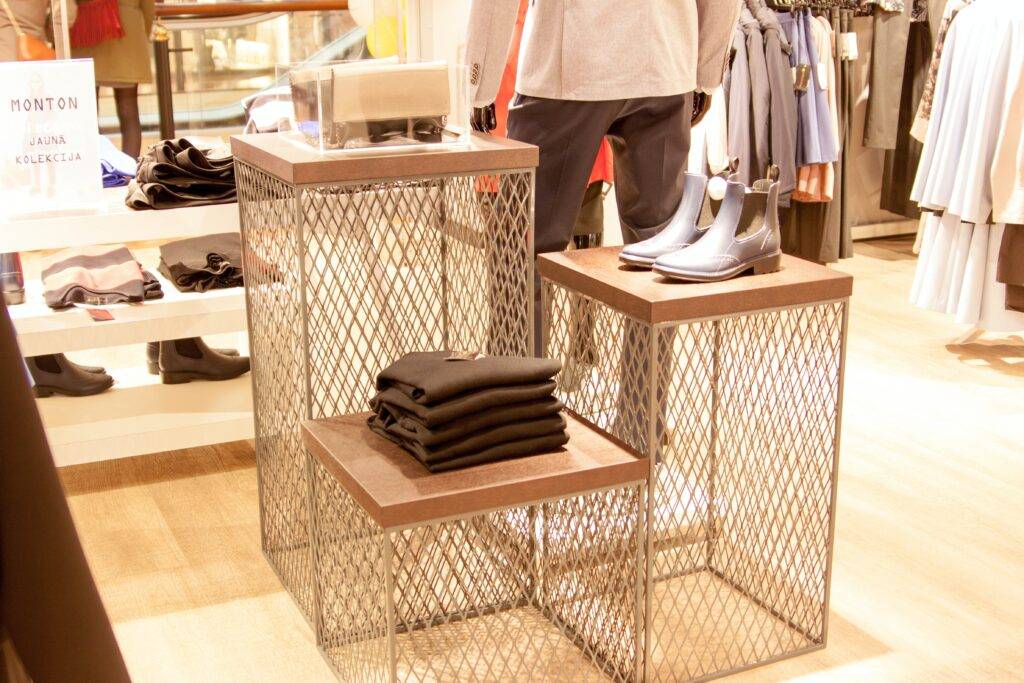
Influence of Traditional Industries The Diversification of Secondhand Clothing Marketing
Traditional Industries have impacted the second hand market by creating trends that drive the clothing market. Vera Wang, Chanel, AnthropologiWhich brand do you prefer? Silk, Linen, CottonWhich fabric do you think feels the best? How do you like your clothes to fit? How do you know what you like?
Traditional clothing industries have produced the brands, styles, colors, and fit that have helped people create their personal clothing preferences. Since people began wearing clothes, change has been on the menu! People began wearing sown skins from animals, then created textiles from plant materials and silkworms to create synthetic fabrics.
From clothes created to sewing at home for others to factories that mass-produce clothing lines, clothing has evolved as technology and society have evolved. Think of all the clothes you have worn over the years? When did you get your first pair of jeans? Your first dressy shirt? Your first fitted suit? What about your most recent purchases? Have your preferences evolved?
Second-hand clothes make life more colorful
Sure they have! Traditional industries have provided many options that allow your personal style to form. Now you know what you want in your clothing! You can walk into a local retailer and walk out with the perfect, expensive outfit, but with your wallet a bit lighter. Or, you can put in a bit of leg work (or finger work!), find the perfect, expensive outfit, but have money left over for lots of more outfits!

Traditional clothing production is valuable because it creates styles that we want to wear but are hard on the environment and our finances. Using retail clothing to guide our individual styles, we can purchase used clothing instead. As the trends change, many people change their wardrobes! They must have the newest and most stylish clothing! Thankfully, as these consumers adhere to the current trends, they donate their clothing to secondhand clothing stores. Let’s see how donations and purchasing work in the secondhand market!
Online and Offline Second Hand Sales
Secondhand clothing sales are now available in online and offline options. Whether your reasons for buying second-hand clothing are to save money or to save the environment or some of both, you want convenient shopping. Do you want a brick-and-mortar store or an online store? Brick and mortar stores come in a variety of types. Some stores will buy your clothes outright. You walk away with money in your pocket or not. You may just use the money to add to your closet! Some stores will take your clothes on consignment and give you money as the clothes sell. Often consignment stores reduce prices the longer the clothes are there. This makes a consignment store a great place to purchase clothes if you have the time to wait a little while.
Stores which buy or consign clothes often are very particular about the types of clothes they take. These are the stores where you will find mostly designer brands and high-quality clothes. Another type of store is a thrift store. In this type of store, people make donations to the store, often supporting a charity. Prices are much less than at the other stores, but you can purchase a wardrobe for the price of one new outfit.
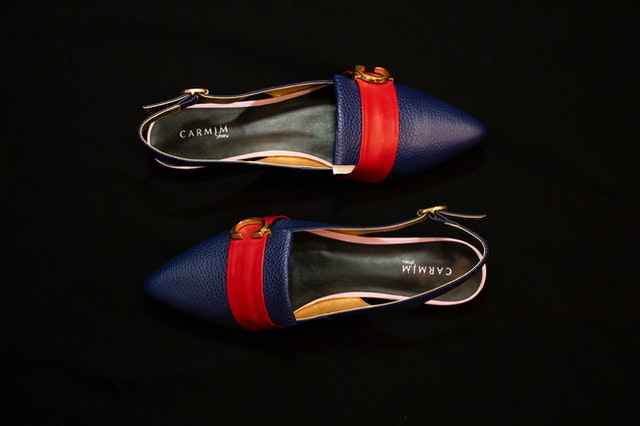
Online shopping
If you look carefully, you may find those designer brands and styles you love! Many brick-and-mortar stores now also have an online presence. Rather than shop in person, you can shop in the same store from your phone. Upon your purchase, an employee will pack your clothes and mail them to you. Other stores are only available online. Some of these online stores will purchase your clothing or take them on consignment. You can sell or shop at a store miles away from the comfort of your couch! Most of these online stores limit their secondhand clothing stock to designers and high-quality products.
The Diversification of Secondhand Clothing Marketing Live Streaming
What is better than shopping in person or looking at pictures online? Live Streaming using online platforms and websites! That’s right. You can shop from your couch, but rather than searching pictures on a website; you can watch a fashion show and interact with the participants.
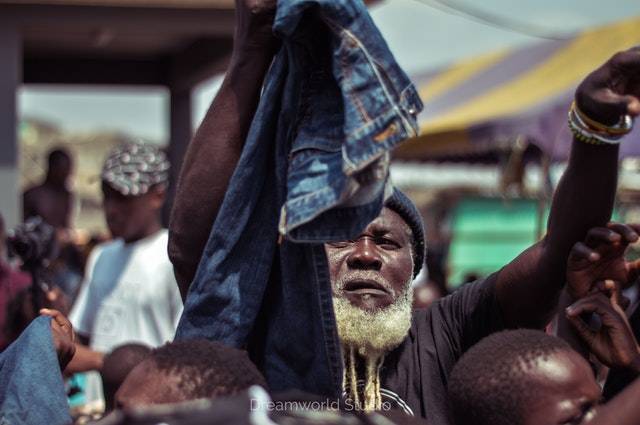
Imagine looking at a model who looks like you and seeing the perfect outfit, clicking on your phone, and, poof, the outfit is yours! The outfit will be packed, shipped, and sent right to your doorstep. Live Streaming is so successful; the retail stores are trying it as well.
From Individual Shops to a Global Enterprise
Buying and selling secondhand clothing makes the world a greener place, whether done by an individual or a company. Zagumi Commercial and Trade Company gathers secondhand clothing in bulk, sorts, packages, and ships to countries that prefer quality used clothing to local, new clothing.
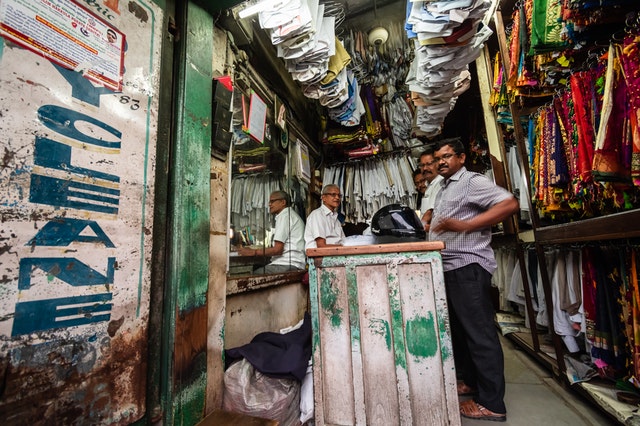
Zagumi advertises high-quality bulk shipments perfect for the secondhand business ready to get an infusion of products. Their website contains multiple pictures, videos, and articles to help a secondhand company navigate bulk purchases.
The Diversification of Secondhand Clothing Marketing Give Secondhand Clothes a Try
Why are you still paying exorbitant prices for clothing when somewhere in a brick-and-mortar store, online, or on a Live Streaming platform, the perfect designer outfit is waiting? The Secondhand clothing market saves you money while letting you dress in style. Additionally, the secondhand clothing market can reduce over one billion tons of carbon dioxide from clothes production. Companies like Zagumi are both saving money and benefiting the earth in bulk. Buying secondhand clothing makes you financially and environmentally responsible and impeccably dressed!ly dressed!
click here to know more

